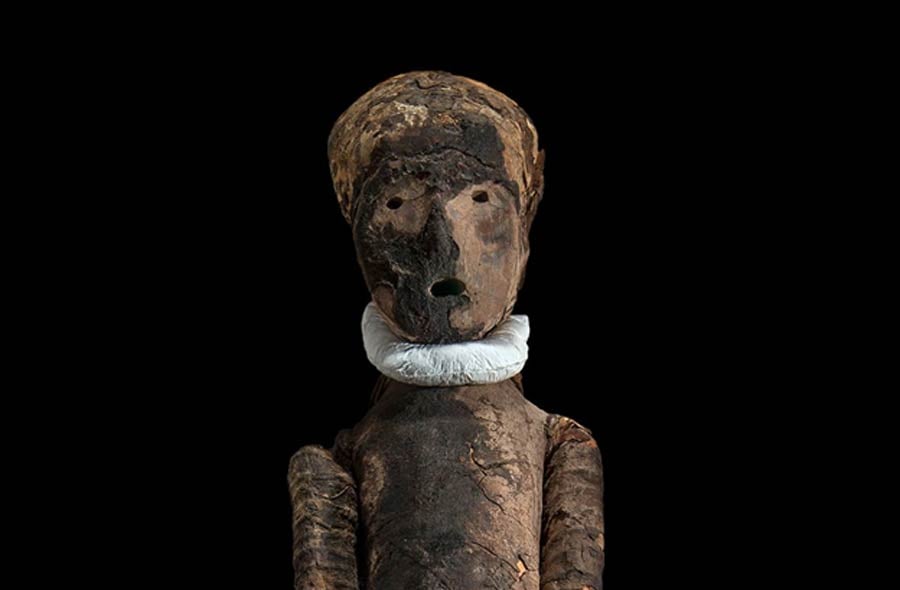The Chinchorro mummies were first identified in 1917 by the German archaeologist, Max Uhle. Further excavations showed that such mummies were spread along the coast and concentrated between Arica and Camerones. It was in 1983, however, that the largest and best-preserved find of Chinchorro mummies was discovered. This discovery was made not by archaeologists, but by the Arica water company while laying a new pipeline near the foot of El Morro.
How were the Chinchorro Mummies Preserved?
While Uhle initially identified three categories of mummification, showing an increasing complexity over time, archaeologists have since expanded upon his explanation. Accordingly, the two most common methods used in Chinchorro mummification were the Black Mummy and the Red Mummy techniques.
Related Keywords
Chinchorro , Region De Aricay Parinacota , Chile , Germany , United States , Egypt , Peru , Tarapaca , Loreto , El Morro , Maule , America , Egyptians , Chilean , German , Egyptian , Luis Lobos Rivadeneira , Bernardo Arriaza , Arte Precolombino , Max Uhle , Chinchorro Center , Tarapaca University , , South America , World Heritage , Servicio Nacional Del Patrimonio Cultural , Atacama Desert , Museo Chileno De Arte , Museo Chileno De Arte Precolombino , Chinchorro Mummies , Black Mummy , Red Mummy , Luis Lobos , சின்சோரோ , சிலி , ஜெர்மனி , ஒன்றுபட்டது மாநிலங்களில் , எகிப்து , பெரு , லோரெட்டோ , எல் மோரோ , மால் , அமெரிக்கா , சிலியன் , ஜெர்மன் , எகிப்தியன் , தெற்கு அமெரிக்கா , உலகம் பாரம்பரியம் , ம்யூஸொ சிலேனோ டி ஆர்ட் , சின்சோரோ மம்மிகள் ,
comparemela.com © 2020. All Rights Reserved.
